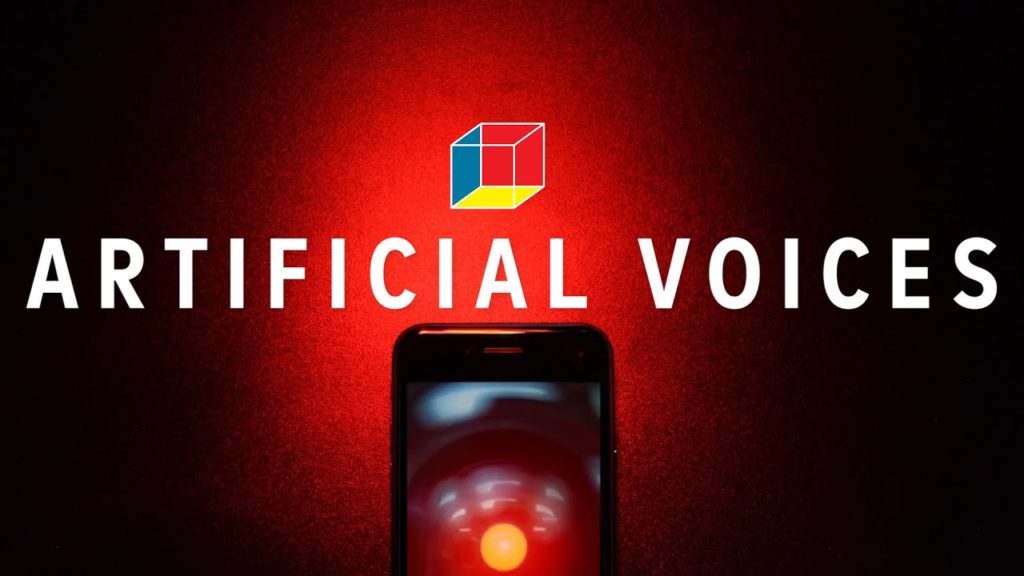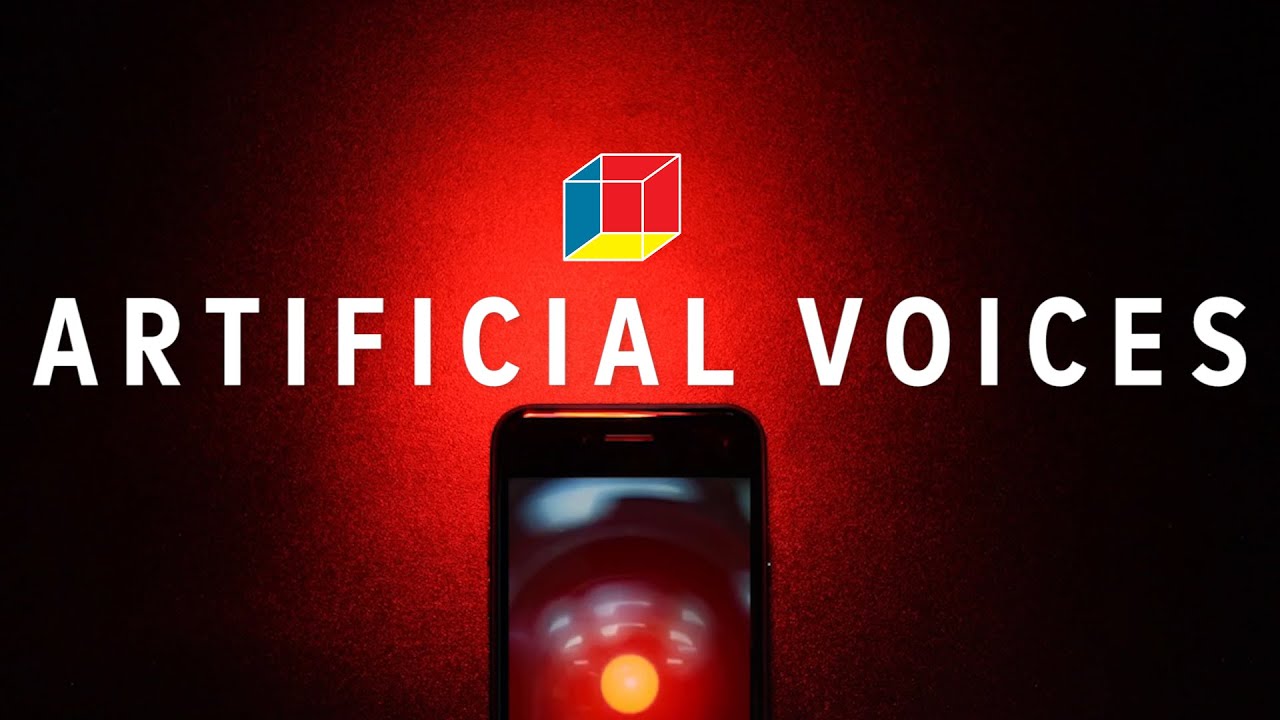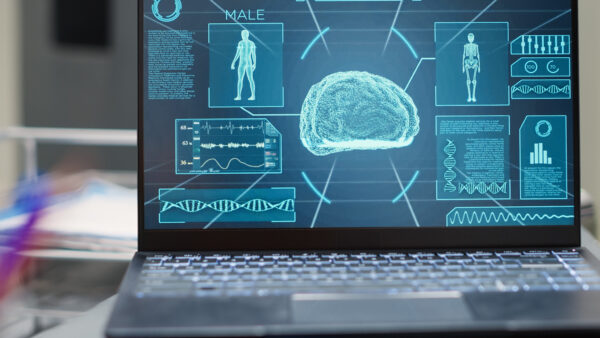
Bernard Marr | Linked in
It takes just 3.7 seconds of audio to clone a voice. This impressive—and a bit alarming—feat was announced by Chinese tech giant Baidu. A year ago, the company’s voice cloning tool called Deep Voice required 30 minutes of audio to do the same. This illustrates just how fast the technology to create artificial voices is accelerating. In just a short time, the capabilities of AI voice generation have expanded and become more realistic which makes it easier for the technology to be misused.
Capabilities of AI Voice Generation
Like all artificial intelligence algorithms, the more data voice cloning tools such as Deep Voice receive to train with the more realistic the results. When you listen to several cloning examples, it’s easier to appreciate the breadth of what the technology can do including being able to switch the gender of the voice as well as alter accents and styles of speech.
Google unveiled Tacotron 2, a text-to-speech system that leverages the company’s deep neural network and speech generation method WaveNet. WaveNet analyzes a visual representation of audio called a spectrogram to generate audio. It is used to generate the voice for Google Assistant. This iteration of the technology is so good; it’s nearly impossible to tell what’s AI generated and what voice is human generated. The algorithm has learned how to pronounce challenging words and names that would have been a tell-tale sign of a machine as well as how to better enunciate words.












